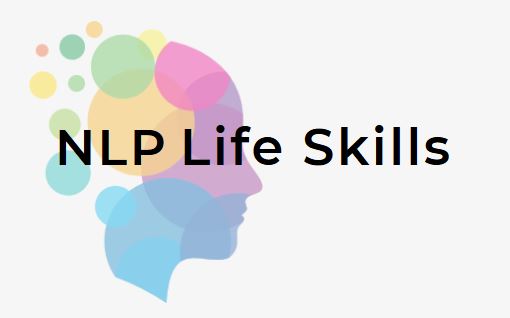Milton Erickson was a prominent psychiatrist and psychologist who was known for his innovative and effective use of language in therapy and hypnotherapy. He developed a number of language patterns that were designed to influence and change the thoughts and behaviors of individuals encouraging them to take action to create positive outcomes. Erickson was a genius, and so effective at creating positive change he was selected by Bandler and Grinder to model and analyze. From this analysis they developed the appropriately named Milton Model which is a cornerstone of NLP.
Here are the major categories of language patterns that Erickson created, along with examples:
- Pacing and Leading: This involves matching the language, tone, and pace of the person you are speaking to, and then gradually leading them in the direction you want them to go. For example, “You seem to be feeling a bit anxious about this situation. And it’s understandable, given the circumstances. But imagine how much better you’ll feel when you’ve taken care of it and everything has turned out just fine.”
- Ambiguity: This involves using language that is intentionally vague or open to multiple interpretations. For example, “That’s an interesting perspective. It’s up to you to decide what it means.”
- Presuppositions: This involves making assumptions about what the other person believes or knows, and using language that assumes these things to be true. For example, “Of course, you’ve already thought about the many benefits of making this decision.”
- Reframing: This involves changing the meaning or context of a situation in order to change the way it is perceived. For example, “Instead of thinking of this as a problem, consider it as an opportunity to learn and grow.”
- Future Pacing: This involves describing a future scenario in detail, in order to influence the person’s thoughts and behaviors. For example, “Imagine how proud you’ll be when you’ve completed this project and see the results of all your hard work.”
These are the major categories of language patterns that Milton Erickson created, and they are designed to help individuals influence and change the thoughts and behaviors of others. By using these patterns, Erickson was able to help people see situations in a new light and encourage them to take actions that lead to positive outcomes.




